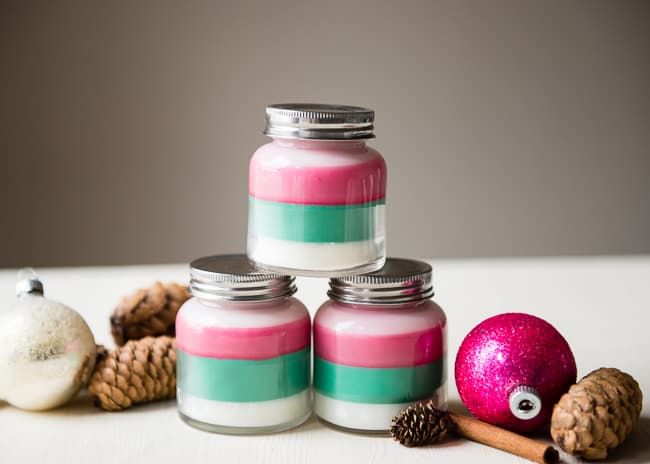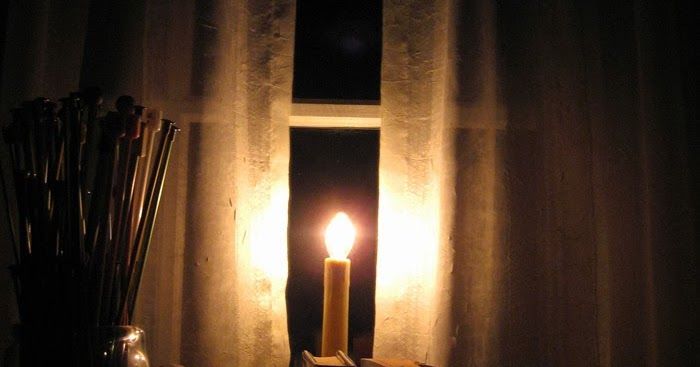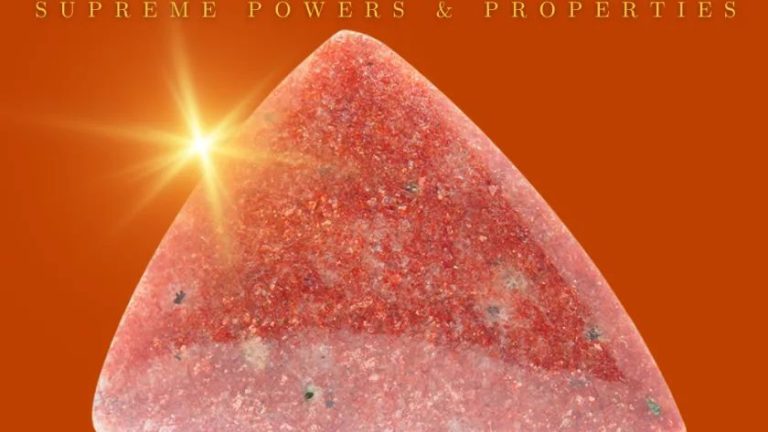What Scent Blends With Christmas Candles?
Christmas candles are candles that are specifically made to celebrate the Christmas holiday. They often come in scents associated with the season like pine, peppermint, cinnamon, and vanilla. The tradition of lighting Christmas candles comes from ancient winter solstice celebrations, when candles were burned to symbolize the return of the light and longer days. The popularity of Christmas candles grew during the Victorian era, when decorative candle holders became a festive way to light homes during the holidays. Today, scented Christmas candles remain a beloved part of Christmas decor and celebration.
Most Popular Christmas Scents
When it comes to Christmas candles, there are a handful of classic scents that come to mind. According to research from Oh Cans (https://ohcans.com/blogs/news/10-best-chritmas-candle-scents-for-2023), some of the most popular Christmas candle scents include:
- Pine – The scent of fresh pine trees calls to mind Christmas trees and wintry forests. Pine is a top selling scent for the holidays.
- Cinnamon – Warm, spicy cinnamon evokes images of holiday baking and cozy homes.
- Balsam Fir – Similar to pine but more sweet and floral, balsam fir is another wintry tree scent.
- Vanilla – Sweet, rich vanilla complements gourmand scents like sugar cookies.
- Cranberry – Tart cranberry feels festive and pairs well with pine and spice notes.
- Peppermint – Minty but sweet peppermint smells refreshing and uplifting.
- Sugar Cookies – Buttery, sweet cookie aromas are nostalgic and mouthwatering.
- Spiced Apple – Tart apple with dashes of spice smells fruity and seasonal.
These classic scents tap into beloved memories of the holidays. Pine, cinnamon, fir, peppermint, and baked goods are scent sensations that just say “Christmas.”
Complementary Scents

Mixing complementary Christmas scents can create a more dynamic and layered fragrance. Some scents that pair well together include:
Pine + Cinnamon: This classic combination evokes the smell of a fresh Christmas tree paired with spicy baked goods. The crisp pine provides an outdoorsy base while cinnamon adds warmth and sweetness.
Cookies + Vanilla: Sugary cookie scents blended with rich vanilla perfectly captures the aromas of Christmas baking. Vanilla deepens and rounds out sweet cookie smells.
Peppermint + Fir: Peppermint’s cool mintiness with hints of pine from fir trees make this an invigorating seasonal blend. The two scents intermingle to create a refreshing wintry aroma.
Cranberry + Orange: Cranberry’s tart fruit scent combined with sweet, citrusy orange is a fruity and uplifting blend. It’s bright and cheerful like the holidays.
Experimenting with scent combinations can allow you to create custom Christmas candle fragrances. Determine which complementary scents appeal to you and blend them together for a homemade candle that reflects your unique holiday style.
Choosing Scents by Room
The scent you choose for your Christmas candles can help set the mood and ambiance for each room in your home. Here are some recommended scents for different rooms:
Living Room – The living room is often where we relax and unwind. Consider soothing scents like cinnamon, vanilla, pine, or cranberry. These warm aromas promote calm and comfort.
Kitchen – For the kitchen, go for appetizing scents that will get you in the mood for cooking and baking. Try gingerbread, sugar cookie, apple pie, or pumpkin spice.
Bedroom – Help create a relaxing oasis in the bedroom with lavender, chamomile, or eucalyptus scents. These can aid sleep and have a tranquil effect.
Bathroom – Citrus scents like grapefruit, orange, or lemon are ideal for the bathroom or powder room. These bright, uplifting scents promote energy and freshness.
Think about the mood you want to achieve in each room and choose complementary candle scents. This can enhance the overall sensory experience in your home during the holidays.
Scent Intensity
The strength of a candle’s scent can vary greatly depending on the wax, oils, and fragrance used. Soy wax candles tend to have a lighter scent throw than paraffin wax candles. The natural properties of soy wax make it absorb fragrances more readily, resulting in a softer scent. Paraffin wax is denser and allows fragrances to pool at the top, creating a stronger scent throw as the candle burns (Pure Integrity Candles Scent Strength Rating).
Essential oils and fragrance oils also impact intensity. Essential oils derived from plants and flowers have light, natural scents. Fragrance oils are synthetic blends designed to be stronger. Adding more fragrance oil to a soy wax blend can help boost its intensity. Testing for the right fragrance percentage ensures the scent comes through (How to Test Fragrances in Candles). A good starting point is 6-8% fragrance oil for soy candles.
Properly curing candles for 1-2 weeks also helps the wax fully absorb the scent. Testing candles at different stages gives a sense of how the scent evolves over time. Allowing the wax pool to reach the edges helps maximize scent dispersal. Careful testing is key for dialing in the right scent strength.
Longevity of Scent
The longevity of a candle’s scent depends on several factors, most notably the candle’s size. Smaller candles like votives and tealights tend to have shorter scent throw and burn out more quickly than larger options.
According to Purcell & Woodcock, candles shouldn’t be burned for more than 4 hours at a time to avoid overheating the wax and diminishing fragrance1. A tealight may only burn for 2-4 hours, meaning it will need to be replaced frequently to maintain consistent fragrance. In comparison, a large 3-wick candle can provide 30-50 hours of burn time, keeping a room scented for days or weeks.
On Reddit, users report storing seasonal candle scents based on longevity2. Smaller holiday candles get packed away with decorations, while larger jars can continue emitting scent into January.
In summary, larger candles will provide a longer-lasting scent experience than smaller options. To keep a room filled with a consistent fragrance for weeks at a time, a large jar or 3-wick candle is the best choice.
Scent Allergies
Christmas is a time for joy and togetherness. However, heavily scented candles can cause irritation for those with scent sensitivities or allergies. The most common allergens in candle scents are essential oils like cinnamon, clove, eucalyptus, and pine. These evoke the smells of the season, but may cause sneezing, coughing, headaches, and other reactions in those with allergies.
If you or your guests have scent allergies, be mindful of using candles with those ingredients. Opt for hypoallergenic options made with soy, beeswax, or vegetable-based waxes instead of paraffin. Also consider unscented candles or lighter scents like vanilla, lavender, or citrus. Test out new scents in small amounts first to gauge reactions. Most importantly, ensure proper ventilation and only burn candles for 1-2 hours at a time.
With some care and awareness, you can find Christmas candle scents that evoke the holiday spirit without irritating allergies. Focus on creating a welcoming environment for all during this special time of year.
Scent Memories
Certain scents have a powerful ability to trigger memories and feelings of nostalgia. This is because smell is closely linked to the parts of the brain that process emotion and memory. When you inhale a scent, olfactory receptors in your nose send signals to the limbic system and hippocampus, where emotions and memories are processed and stored (https://english.newstracklive.com/news/the-role-of-scent-in-memory-and-nostalgia-emc-sc53-nu384-ta384-1283565-1.html). Scent memories are especially evocative because smell is the only sense directly wired to the brain’s memory and emotional centers.
Aroma can instantly call to mind people, places, and experiences from the past. For example, the smell of fresh baked cookies may remind you of childhood visits to your grandmother’s house. The scent of pine needles may trigger recollections of childhood holidays decorating a Christmas tree. These nostalgic scent memories are often comforting and can transport you back to happy times and feelings from the past.
Certain Christmas scents are especially effective at eliciting strong scent memories. Classic holiday aromas like cinnamon, pine, peppermint, and oranges tend to evoke nostalgic memories of Christmas celebrations past (https://guideposts.org/positive-living/the-sweet-scent-of-nostalgia/). When creating Christmas-scented candles, think about which aromas are most likely to trigger warm, nostalgic memories for you and your loved ones.
DIY Christmas Candles
Making your own candles can be a fun holiday activity and allow you to customize scents. Here are a couple recipes for homemade Christmas candles:
This simple soy candle from New Directions Aromatics uses cinnamon, orange and clove essential oils for a warm, spicy scent. You’ll need:
- 3 cups soy wax pellets
- 1 oz cinnamon bark essential oil
- 0.5 oz sweet orange essential oil
- 0.25 oz clove bud essential oil
- Candle wicks and jars
Melt the wax, mix in essential oils, pour into jars and add wicks. Cool completely before burning. See the full instructions here: https://www.newdirectionsaromatics.com/blog/articles/diy-christmas-candle-gift-ideas.html
For a woodsy scent, try this pinecone soy candle from Art Naturals. You’ll need:
- Soy wax flakes
- Pine essential oil
- Pinecones
- Candle jars
- Wicks
Arrange pinecones in the jar, pour in wax mixed with pine oil, then add a wick. Get the full pinecone candle instructions here: https://artnaturals.com/uk/blog/The-Best-DIY-Christmas-Candle-Recipes.html
Conclusion
There are countless festive scent combinations to try for Christmas candles. Classic scents like cinnamon, pine, peppermint, and vanilla pair wonderfully together and with more unique options like cranberry, roasted chestnut, and sugar cookie. The scent you choose can set the mood in each room and become part of your holiday memories. Start by considering the room and scent strength, then experiment with different blends. Look for complementary or contrasting scents that remind you of the season. The right candle can fill your home with nostalgia, coziness, and yuletide spirit.
As you test out new Christmas candle scents this season, think about scent memories you want to create. Finding the perfect blend for your home will make the holidays more magical. Save your favorite candle creations to burn year after year.



